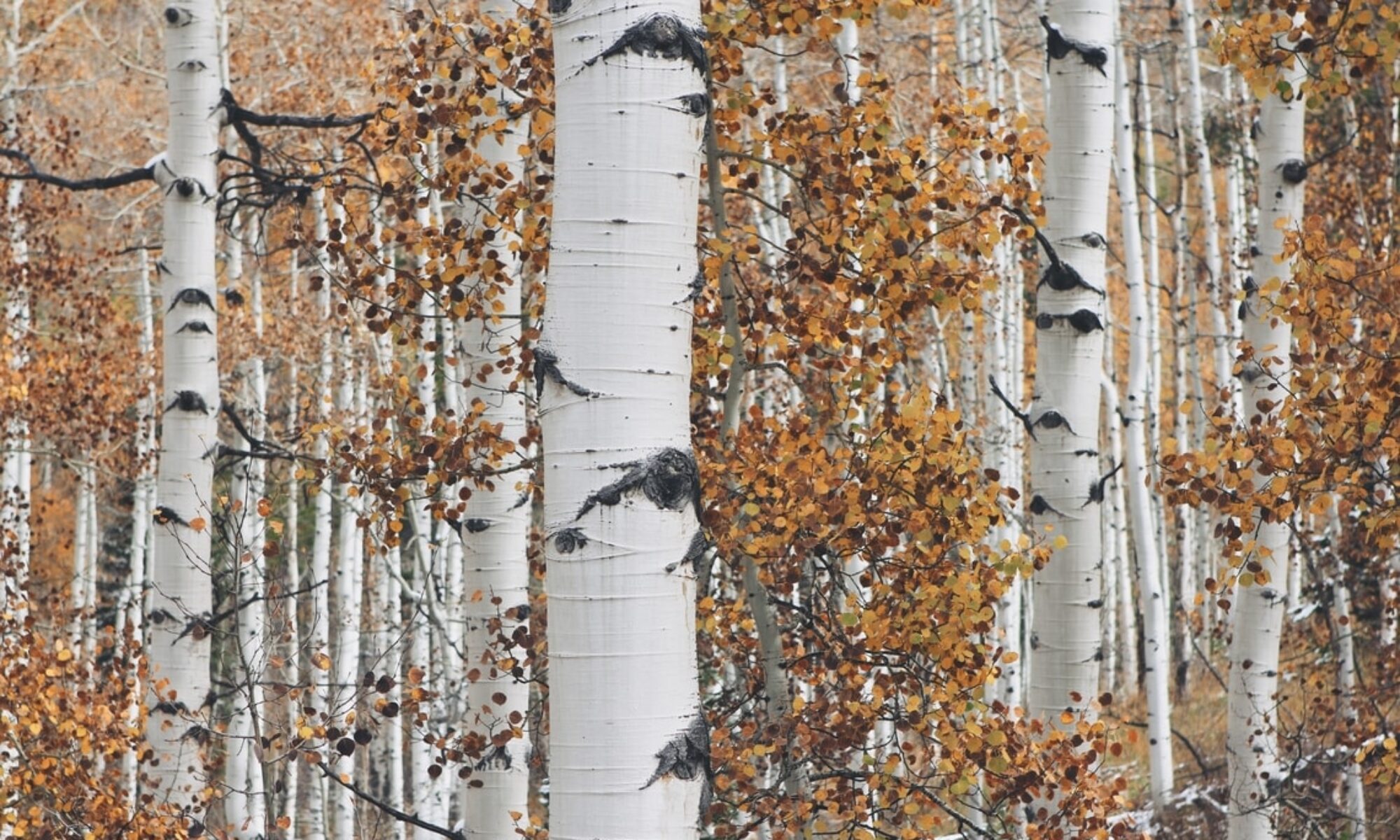The appearance of buds means that spring has finally arrived. How can you resist the call of the garden? You might as well take the opportunity to tour your beloved trees. As long as the leaves are not completely out, it’s time to look for broken or dried branches. Simply because you can then see them very well. In the summer, when the foliage is full, it is much more difficult to identify the problematic branches underneath the mass. In other words, as soon as spring arrives, it’s time to look for any clues that may cast some doubt on the health of your tree specimens.
Inspect along your roof
Spring is also the time to inspect for branches that are too close or even touching the roof line. During the summer, the leaves will fill your plants and the branches will be weighed down. It will no longer be time for such an examination. Branches that get too close to the roof can damage it. Over time, the problems can become more severe. Among other things, the roof sheathing, asphalt shingles or even the plywood underneath can be damaged. Don’t think that only the largest branches should get your attention. Even those with a circumference of only one centimeter can cause damage when they rub against the roof, especially in windy conditions. Again, significant damage can occur. Therefore, it is important to act quickly without delay. It is even recommended to call on an experienced arborist for tree pruning or tree trimming. His know-how avoids the risks of the amateur; in this way, you will save unnecessary costs related to potential future problems.

Fertilize in the spring
If you were unable to fertilize your trees in the fall, you can do so in the spring. The results will be more impressive as you will stimulate spring growth. However, don’t wait for the heat and droughts of summer to kick in. Trees are under stress then. This is a bad time to fertilize.
Check for wasp nests
So, you can do a branch check to identify branches that need pruning, as we just saw. However, spring is not only useful to better locate branches. The presence of wasp nests is also easier to discern and remove. Thickened summer foliage after the leaves have grown does not make it easy to see them. When you go to remove this nest of undesirables, obviously proceed with the utmost caution.
Final recommendation
To summarize, spring is the occasion to inspect a few things: damaged branches, those that represent risks for the integrity of your roof, detect wasp nests, but also, any other worrying signs. So you might as well include an arboricultural inspection in your spring schedule. And call a trusted arborist when it’s time!
Merci à notre commanditaire spécialisé en service entretien arbre d’avoir parrainé cette page.
